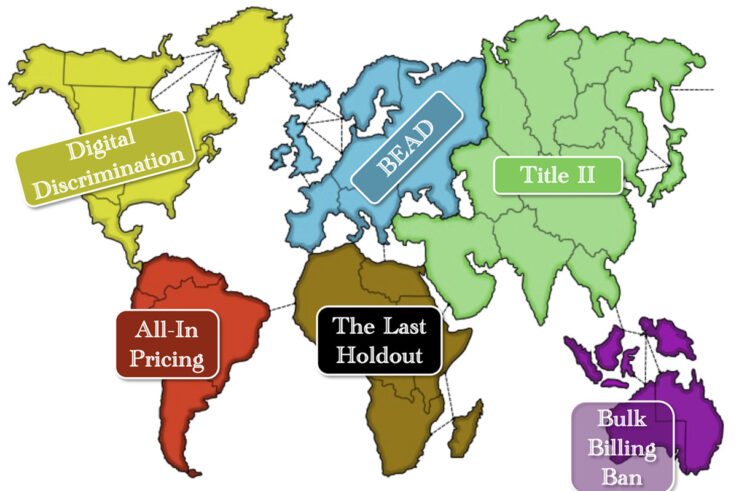In my academic research, I’ve studied contractual arrangements between manufacturers and retailers for premium shelf space, including slotting arrangements and category management contracts. Typically, a shelf space arrangement in the retail sector will involve the supplier compensating the retailer for some specified promotional shelving arrangement, e.g. end-caps or eye level space, or a share of the total shelf space dedicated to a particular product category. These arrangements have much in common with what is commonly referred to as product placement (see also the economics of celebrity endorsements).
As a form of advertising, it is not difficult to imagine why product placement would increase sales. But the costs of such forms of advertising are not often discussed. In today’s WSJ, however, there appears a bit of a backlash against Maserati for its product placement campaign in a review of the new 2011 Maserati GranTurismo Convertible. Here’s a taste:
Maserati, founded in 1914 in Bologna, Italy, by the Maserati brothers, and relocated to Modena during World War II, is a grand old European sports-car name, the marque of Fangio and Moss, Birdcages and Boras. The company cratered in spectacular fashion in the 1970s under the ownership of Citroën and De Tomaso, and it’s certainly no stranger to indignity—you may recall the Chrysler TC by Maserati of the late 1980s, an opera-windowed calamity of a car, as traduced and contemptible as could be. But the company was revived early in the aughts by Fiat as a luxury adjunct of Ferrari, with a new factory and a significantly desirable new sedan, the Quattroporte.
Since then, brand-wise, Maserati has been drifting into the shoals of mere decadence, a bratty car that appears at all the worst parties and in all the worst hands. Last month, for instance, Maserati’s publicity hits include Mel Gibson auguring his Quattroporte into a Malibu Canyon ditch and Lindsay Lohan—Hollywood’s most indefatigable wench—tooting around Bel-Bev late nights in a Maserati GranTurismo S. Throw in the cars’ product-placement appearances on “Entourage,” “The Sopranos” and “The Real Housewives of New Jersey” and you paint a picture of a brand that is becoming synonymous with a kind of pitiable narcissism, a gum-smacking, Garden State idiocy.
The new GranTurismo Convertible—a chop-top version of the GranTurismo S—is a very nice car, but if I put myself in the place of a potential customer, I have to ask myself whether I want to be associated with these numbskulls. And the answer is, not really. … My advice to Maserati: Reassign the agency person in charge of product placement—perhaps to a shallow grave somewhere. Recalibrate the brand positioning. Move relentlessly upscale. Use a lot of words that end in vowels in your advertising. Make Maserati the Prada pumps of European luxury performance cars. Avoid becoming the clear stripper heels from out by the airport.
Its an interesting illustration of the complex set of tradeoffs involved in the firm’s advertising decision. Product placement investments may draw some marginal consumers, and might also signal the presence of a Klein-Leffler quality assuring premium, i.e. an stream of rents the firm loses if it shirks on quality. On the other hand, these types of contracts, at least in some markets (compare payola or grocery shelf space), might at least potentially reduce demand by changing the bundle of goods being sold to the consumer (car + image).




